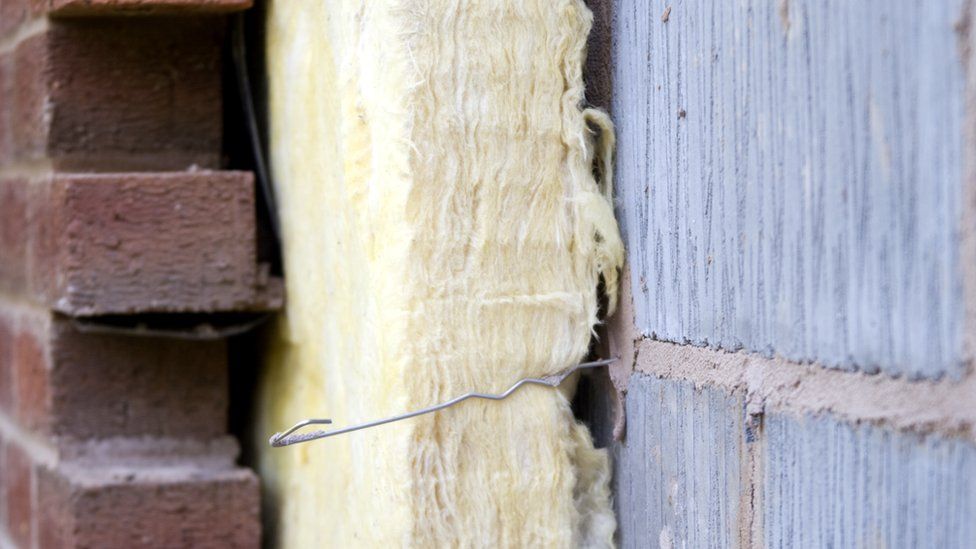Home insulation: how can it cut energy bills?

People in poorly insulated homes could end up spending £968 more on their annual gas bills, than people in highly insulated homes, according to new research from the Energy and Climate Intelligence Unit.
No matter where you are, playing XO can be by your side. Because it's playing on a smartphone when it's more accessible.
With energy bills expected to rise significantly this winter, how can people better insulate their homes to help with costs?
What is insulation and how can it cut bills?
Home insulation is the process of trapping heat inside a property, usually by covering areas exposed to the outside, such as roofs, floors and walls.
Without it, indoor temperatures can be hard to maintain, with homes losing up to 45% of their heat, according to the Energy Savings Trust.
If the temperature drops very quickly after the heating is switched off, the home is unlikely to be properly insulated.
The Energy Performance Certificate that comes with the sale or renting of a property will show how efficient it is.
How much will it cost and what help is available?
The cost of insulation depends on the type needed, and the size and age of the property.
In a typical semi-detached house, for example, cavity-wall insulation can cost about £1,200, according to the Energy Savings Trust.
The payback period - the time it takes to recover the costs - is 10 years for cavity-wall and two for loft insulation.
Floor and solid-wall insulation, however, can take up to 30 years to pay off.

